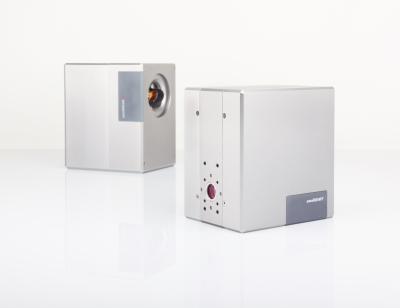
SCANLAB GmbH is introducing its high-dynamics excelliSHIFT z-scanner to the marketplace. Unlike conventional z-axes, the underlying patented concept fully eliminates use of transmissive elements. The resulting enormous rise in dynamic performance opens up completely new laser-processing possibilities, according to the company.
Moreover, this functionality is fully independent of mounting orientation, thus significantly increasing the number of degrees of freedom for machine builders and integrators. The new z-scanner is particularly compelling when used in conjunction with a 2D scanner for microstructuring, laser engraving and processing of complex free-form surfaces.
Numerous laser applications demand highly dynamic laser spot motion across complex three-dimensionally formed surfaces. Precisely for this need, SCANLAB developed a totally new type of z-scanner that extends a 2D scan system into a 3D system. The excelliSHIFT is suitable for high-end applications in conjunction with an excelliSCAN scan head, and it's compatible with other scan heads, too.
Compared to conventional z-axes, the new z-scanner enhances accelerations during focal shifting in the z-direction. The tried-and-proven galvanometer principle – a SCANLAB core competency and key technology – facilitates this rise in dynamic performance. Thus, focal motions in the z direction are no longer a limitation for laser processing in three dimensions. The new z-scanner performs just as dynamically as a 2D scan head. The system design eliminates transmissive optics, thereby not only boosting dynamics, but also maximizing integration flexibility. These advantages accrue, for example, when designing complex machines for tool and mould-making. One potential application is functionalization of three-dimensional surfaces for vehicle construction.
When used with laser powers up to 120 W, no system cooling is required. For higher laser powers, a variant with air cooling is optionally available. In addition to the excelliSHIFT variant for 1,030 to 1,070 nm laser wavelengths, a second variant will soon be available for the 515 to 532 nm spectral range.
Contact Details
Related Glossary Terms
- degrees of freedom
degrees of freedom
Number of axes along which a robot, and thus the object it is holding, can be manipulated. Most robots are capable of maneuvering along the three basic Cartesian axes (X, Y, Z). More sophisticated models may move in six or more axes. See axis.
